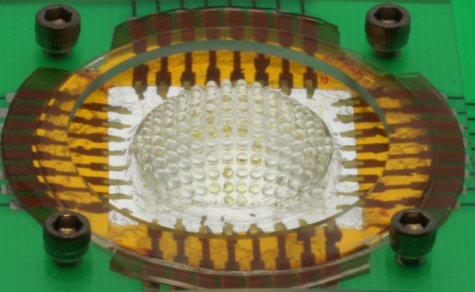
The earth’s polar regions have large amounts of permafrost, a thick layer of soil underground that stays frozen throughout the year. It has been suggested by climate alarmists that as the earth warms, this permafrost will begin to melt, and that will lead to disastrous consequences. Why? Well, there is a lot of organic material in this permafrost, and it doesn’t decompose much, because decomposition is slowed significantly due to the soil being frozen. As the permafrost thaws, decomposition will increase, and that will lead to a significant amount of carbon dioxide and methane being released into the atmosphere. The release of these greenhouse gases, of course, will further accelerate global warming. This affect is known as the permafrost carbon feedback, and here is what the United Nations Environment Programme says about it:1
If the permafrost thaws, the organic material will also thaw and begin to decay, releasing CO2 and methane into the atmosphere and amplifying the warming due to anthropogenic greenhouse gas emissions…The permafrost carbon feedback is irreversible on human time scales. Warmer conditions and increased atmospheric CO2 will enhance plant growth that will remove CO2 from the atmosphere, but this can only to a small degree compensate for the much greater carbon emissions from thawing permafrost.
Notice how strongly this is worded. The effect is “irreversible,” and even though a warmer climate will result in more plant growth, this will not come close to offsetting the devastating amount of greenhouse gases released by the thawing permafrost.
Well, the results of a 20-year experiment have been published in the journal Nature, and not surprisingly, they show that the effect is precisely opposite of the nonsense quoted above.
Continue reading “More Evidence That Earth Is Designed to Resist Warming”









